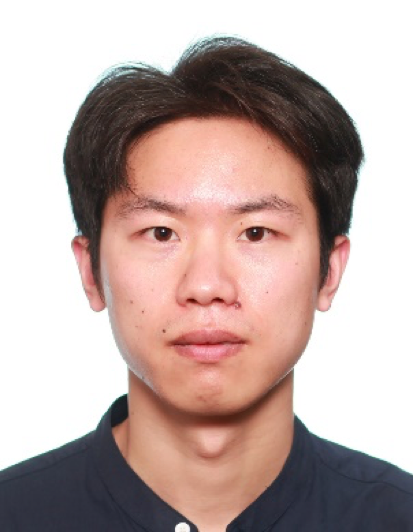题目:Energy Harvesting Technology Towards Battery-Free IoT
报告人:Guobiao HU, Assistant Professor,
Hong Kong University of Science and Technology (Guangzhou), China
时间:2023年7月27日(周四)上午10:30
线下地址:南京航空航天大学明故宫校区A18-1109会议室
主办单位:航空航天结构力学及控制全国重点实验室、南京航空航天大学航空航天交叉研究院、南京航空航天大学航空学院
报告内容摘要:
The world is entering a new era of the Internet of Things (IoT). Within the framework of IoT, billions of physical devices worldwide will connect to the Internet, uploading, downloading, and sharing data. If all the billions of IoT network nodes utilize chemical batteries, the follow-up maintenance and replacement tasks will be strenuous. How to address the power supply issue and guarantee the perpetual operation of those IoT network nodes is a challenging problem. Vibrations and wind are renewable energy resources that ubiquitously exist in our surrounding environment. Therefore, developing self-powered technology via scavenging energy from the ambient environment has gained enormous attention from the academic and industrial communities. In this talk, I will introduce a number of piezoelectric systems designed by us in the past few years for scavenging energy from vibrations or wind. Problems in practical energy harvesting will be pointed out. The motivation behind each design will be explained. Theoretical models of those electromechanical systems will be used to help elucidate their dynamic mechanisms.
报告人简介:

Dr. Guobiao Hu received his Ph.D. degree in Mechanical Engineering from the University of Auckland. Before joining HKUST(GZ), he worked as a Research Fellow at Nanyang Technological University. His research interests include energy harvesting, acoustic-elastic metamaterials, and intelligent material structures & systems. Dr. Hu has published over 80 peer-reviewed technical papers in prestigious journals and international conferences, including 5 ESI highly cited papers. He received the Best Paper Finalist Award at the SPIE Conference on Smart Structures/NDE 2018. He has filed 3 patents, including 1 Singapore and 2 Chinese patents. According to Google Scholar statistics, his publications have received over 2000 citations with an H-index of 25. He is named in the world's top 2% of Scientists List (2022) identified by Stanford University. He serves as reviewer for more than 60 SCI journals and guest editor for 5 SCI journals.


